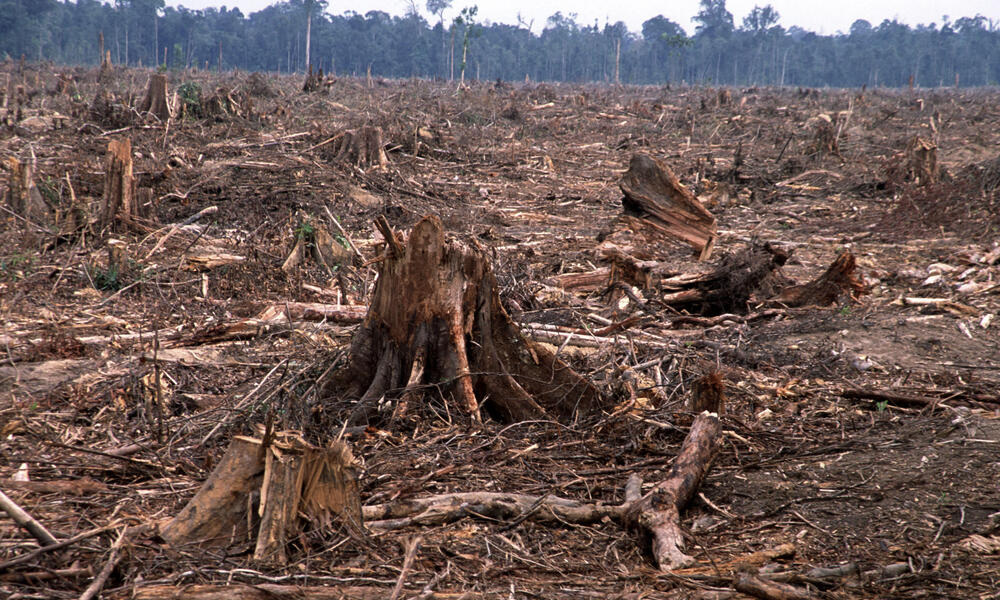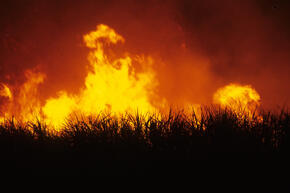
Deforestation can happen quickly, such as when a fire sweeps through the landscape or the forest is clear-cut to make way for an oil palm plantation. While deforestation appears to be on the decline in some countries, it remains disturbingly high in others—including Brazil and Indonesia—and a grave threat to our world’s most valuable forests still remains. Over the next 15 years, forest landscapes equaling an area more than twice the size of Texas could be lost to rampant deforestation, according to a WWF report. If nothing is done, 11 of the world's most ecologically important forest landscapes—including forest homes or orangutans, tigers, and elephants—will account for over 80 percent of forest loss globally by 2030, the report states. Up to 420 million acres of forest could be lost between 2010 and 2030 in these "deforestation fronts" if current trends continue. The hot spots are located in the Amazon, the Atlantic Forest and Gran Chaco, Borneo, the Cerrado, Choco-Darien, the Congo Basin, East Africa, Eastern Australia, Greater Mekong, New Guinea, and Sumatra.
